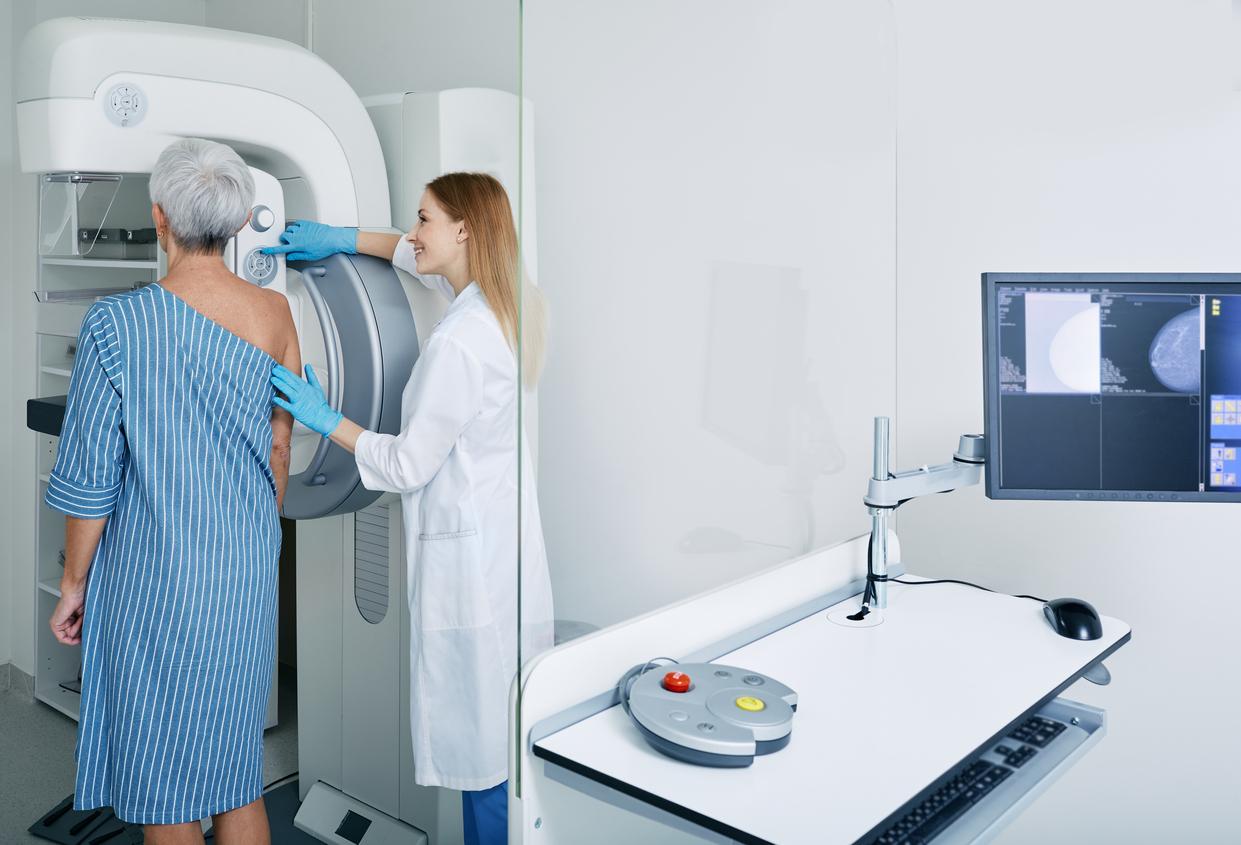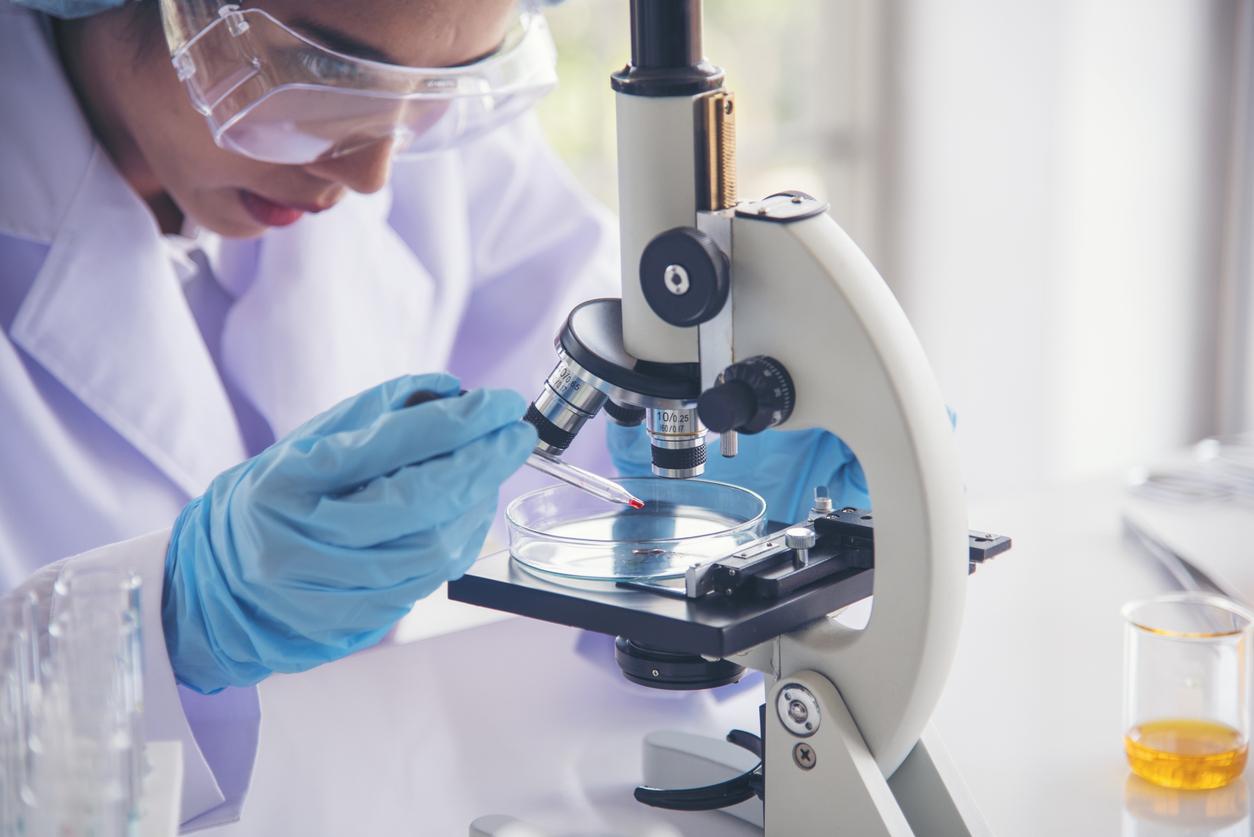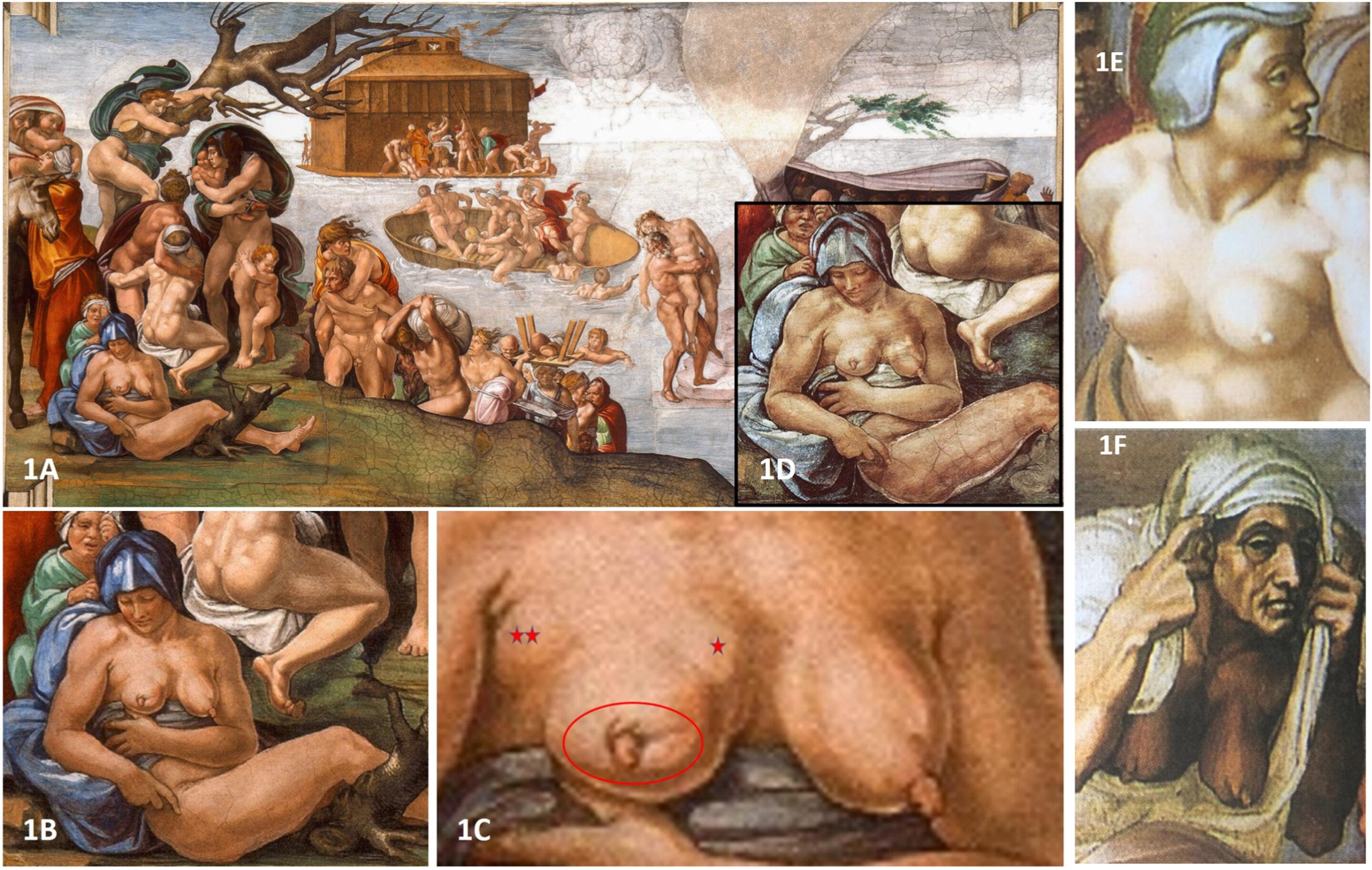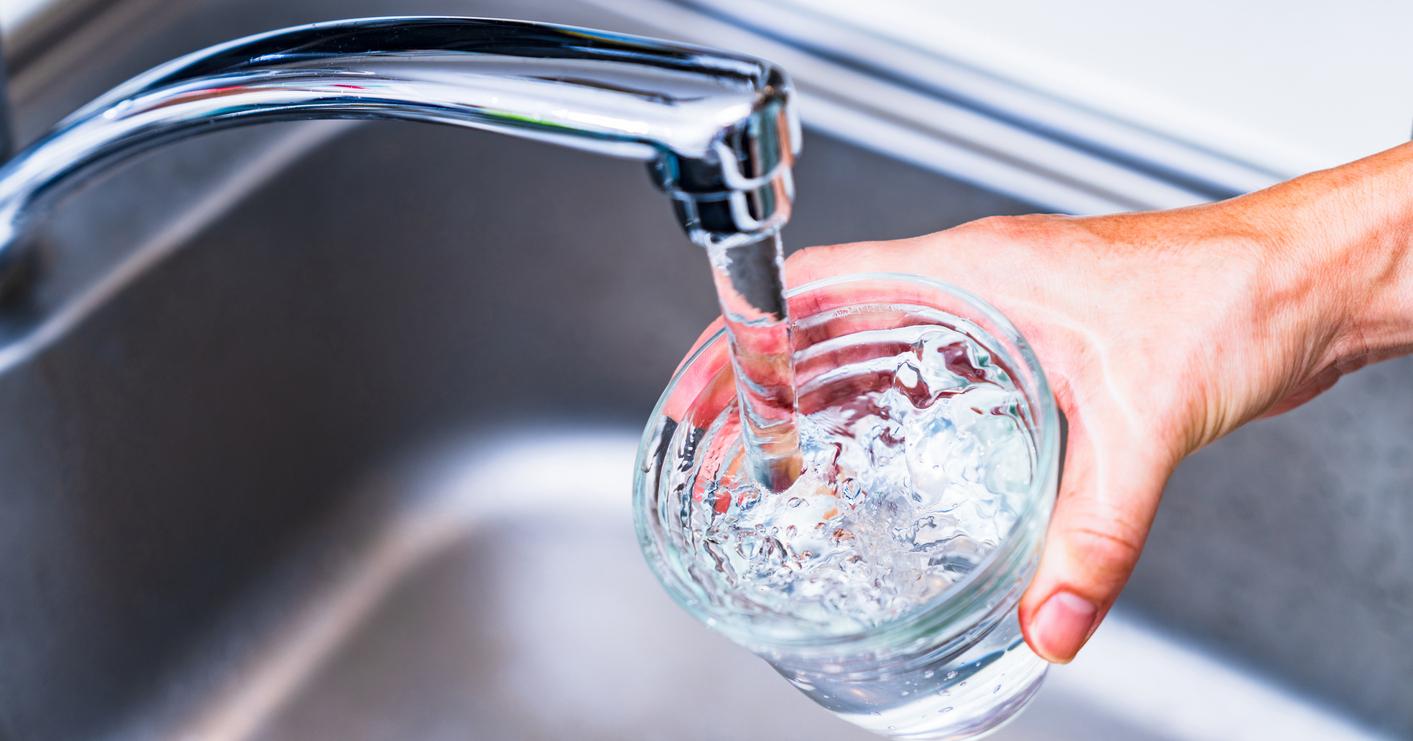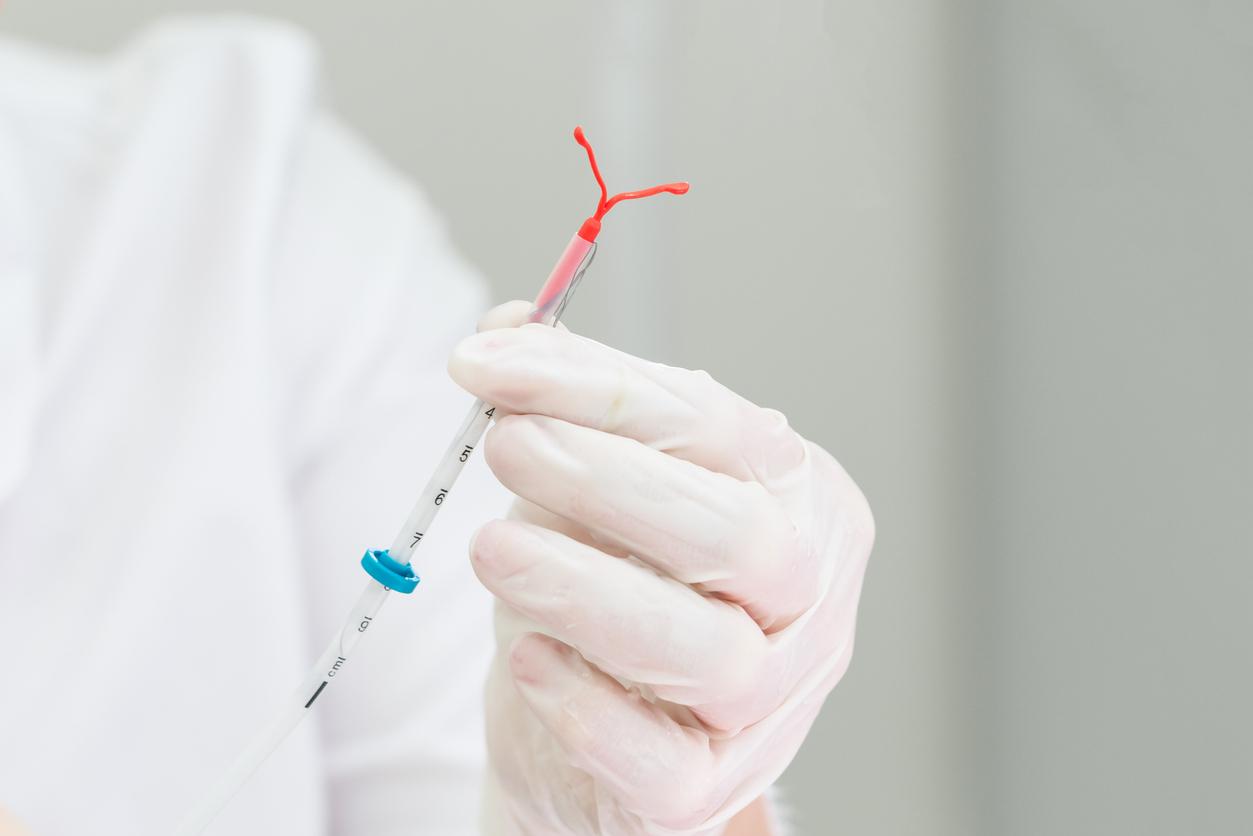A large-scale French study highlights links between breast cancer and certain pollutants present in the atmosphere.

- 1 in 8 women is at risk of developing breast cancer in her lifetime.
- French researchers have just shown a link between “chronic low-dose exposure” to 5 common air pollutants and the risk of developing the disease.
Breast cancer is the most common cancer in France. “It is the leading cause of death from cancer in women.”, underlines the League against Cancer which also specifies that one woman out of eight is at risk of being affected by the disease.
Several genetic and hormonal factors of breast cancer have been identified, but they alone cannot explain all cases. Moreover, while several studies already suggested that exposure to environmental pollutants could have a role in the development of the pathology, the data remained limited and sometimes discordant. A new study funded by the ARC Foundation for Cancer Research and piloted by the Environment Cancer Prevention Department of the Center Léon Bérard, now allows us to see things more clearly. The results of XENAIR, published this Monday, October 3, show an increased risk of breast cancer in the event of chronic exposure to several atmospheric pollutants.
Breast cancer: 5 air pollutants increase the risks
This study was conducted thanks to the national E3N cohort (coordinated by the INSERM “Exposome and Heredity” team at the Gustave Roussy Institute). The researchers used a nested case-control group with 5,222 breast cancer cases (diagnosed between 1990 and 2011) and 5,222 matched controls (breast cancer free at case diagnosis). Thanks to the addresses of the women, the researchers were able to create a map with the levels of air pollution in France.
According to these maps, air pollution has improved since 1990 in France, but the majority of women have been exposed to fine particle pollution (PM 2.5, the sources of which are mainly heating and road traffic) and nitrogen dioxide (NO2, most of which is also emitted by vehicles and combustion plants), at levels above the levels recommended by the World Health Organization (WHO). However, researchers have shown a link between “chronic low-dose exposure” to these pollutants and the risk of developing breast cancer. This is also the case for PM10 particles (emitted by road transport, construction sites, heating, etc.), Benzo[a]pyrene (which is found in particular in cigarette smoke and the fumes emitted by exhaust pipes), and Polychlorinated biphenyls (PCB153, which is found in food and especially food of animal origin).
Improving air quality to prevent breast cancer
“Using the European reference thresholds for NO2 (40 µg/m3) as a reference, 1% of breast cancers in the XENAIR population could have been avoided”, advance the authors of the study. “On the other hand, with exposure levels in line with the 2021 WHO recommendations of 10 µg/m3 for NO2, nearly 9% of breast cancers in the XENAIR population would have been avoided.”
The data also show that a 10 µg/m3 increase in exposures to PM10 and PM2.5 are associated with an increase of about 8% and 13% respectively in the risk of breast cancer. For a 1.42 ng/m3 increase in Benzo exposure[a]pyrene is about 15%. Finally, for a 55 pg/m3 increase in exposure to polychlorinated biphenyls (PCB153), this goes up to 19%.
The researchers also specify that no association has been demonstrated for exposure to cadmium and dioxins, but that analyzes are still in progress for exposure to ozone.
“The results of the XENAIR study suggest that reducing the concentrations of air pollutants in France has the potential to contribute to the prevention of breast cancer. This investment is essential to prevent disease and could be offset by savings in terms of treatment, care, and the cost to society of the cancers avoided.”, they conclude.









